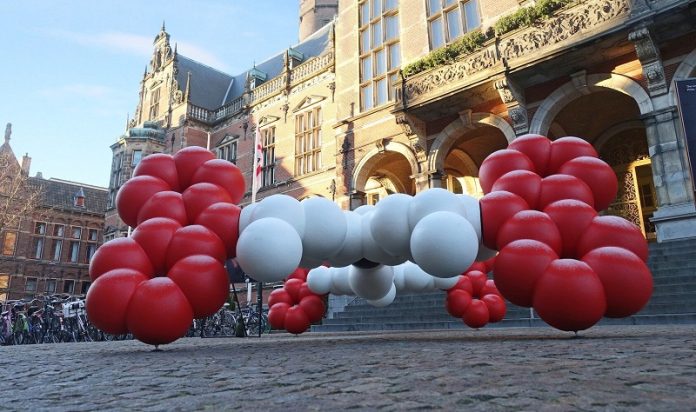
In 2016, Professor Ben Feringa of the University of Groningen, along with two colleagues, won the Nobel Prize in Chemistry for creating the world’s tiniest machines—light-powered motors made from single molecules.
Their work, which began in the 1990s, has since opened up new possibilities in the fields of materials science and medicine. But the journey to this breakthrough started with an unexpected discovery.
Originally, Feringa was not trying to create a motor.
He was focused on building tiny molecular switches that could be turned on and off with light.
These switches could be used in miniaturized electronics, storing information like computer bits.
However, during his research, Feringa’s postdoctoral researcher, Nagatoshi Koumura, noticed something unusual.
Instead of flipping between two positions like a switch, the molecule they were studying made a full 360-degree turn, like a motor. This surprising finding set them on a new path.
The First Molecular Motor
The molecular motor they discovered consisted of two parts: an upper and lower section connected by two carbon atoms that acted as a rotating axis.
When ultraviolet (UV) light hit the molecule, it rotated 180 degrees. By applying heat, the shape of the molecule changed, preventing it from reversing direction. With two cycles of light and heat, the molecule completed a full 360-degree rotation, acting like a motor.
Once Feringa’s team figured out how the motor worked, they focused on improving it. They increased the speed of the rotation and made adjustments to make it more efficient. But there was still a challenge: the motors were floating freely in a liquid and couldn’t perform any useful work. To solve this, the team fixed the motors onto a surface, allowing them to interact with their surroundings.
In 2006, Feringa’s team made another breakthrough. They used light-powered motor molecules embedded in a liquid-crystalline film to rotate a glass rod 10,000 times larger than the motors themselves.
They also found that fibers made from these motors could contract like muscles when exposed to light. Later, the team used these motors to make a 3D-printed butterfly’s wings flap under UV light. While the butterfly couldn’t fly, it was an exciting demonstration of how these molecular machines could be used in the future.
A Tiny Car and More Advances
One of the most intriguing projects came in 2011 when Feringa’s team built a tiny four-wheel-drive nanocar using molecular motors.
Powered by electricity generated from the surface it traveled on, this nanocar was another example of how these molecular machines could one day revolutionize technology.
Over the years, Feringa and his team have continued to improve the efficiency of their motors. They developed a more advanced version that allowed them to synchronize the rotation of multiple motors, providing better control over their movements.
Interestingly, the molecular switches that originally led to the discovery of the motors have found new uses in medicine.
These light-activated switches can be used to control the release of medication in specific areas of the body, reducing side effects.
For example, antimicrobial drugs could be activated only where needed and would switch off once they leave the body, helping prevent the development of drug-resistant bacteria in the environment.
In his Nobel Prize acceptance speech, Feringa compared his molecular motors to the first airplane built by the Wright brothers. Just as their early airplanes paved the way for modern aviation, Feringa believes his motors are the beginning of a new era in science.
Over the past 25 years, these tiny machines have gone from curious molecules to useful tools in fields like materials science and medicine. In the next 25 years, they may change the world in ways we can only imagine.
Beyond Molecular Motors
Feringa’s work isn’t limited to molecular motors. He is also an expert in catalysis, the process of speeding up chemical reactions, which is important in the chemical industry.
Additionally, he has studied “chirality,” the concept of molecules being mirror images of each other, like left and right hands. This characteristic plays a crucial role in chemistry and may offer insights into how life began on Earth.
What started as an unexpected discovery has grown into a field with vast potential, and Feringa’s work is leading the way.
Source:KSR.



